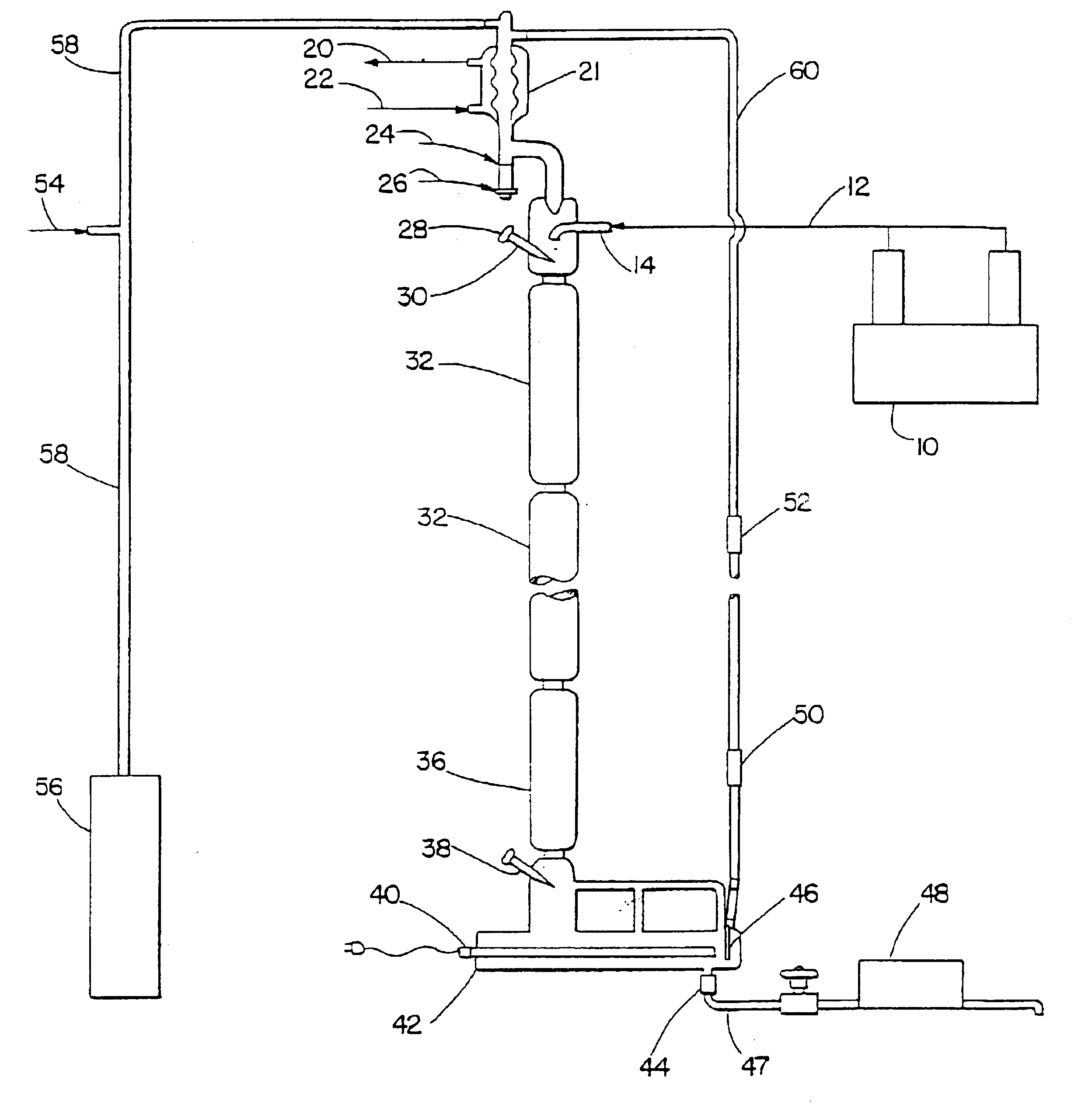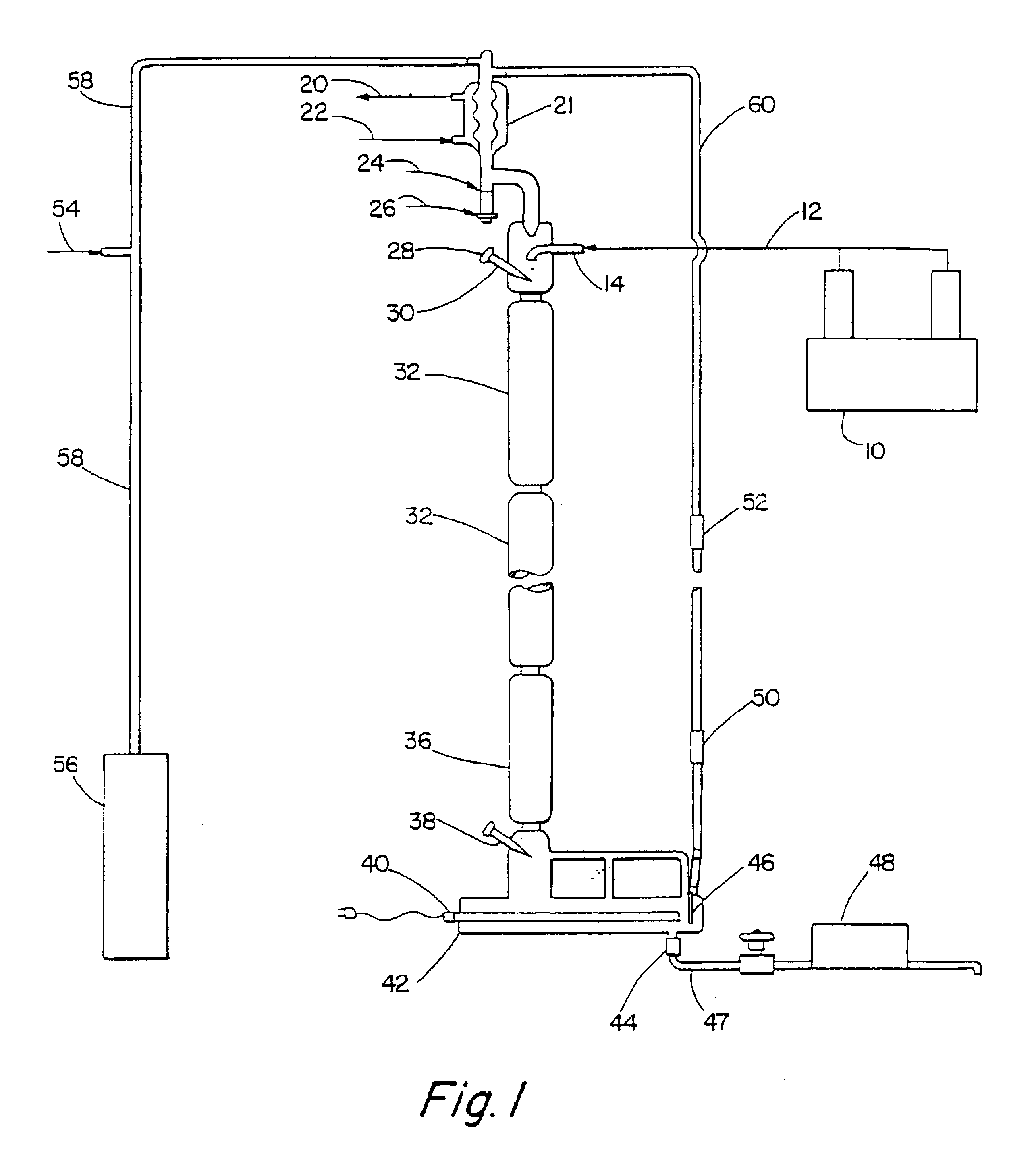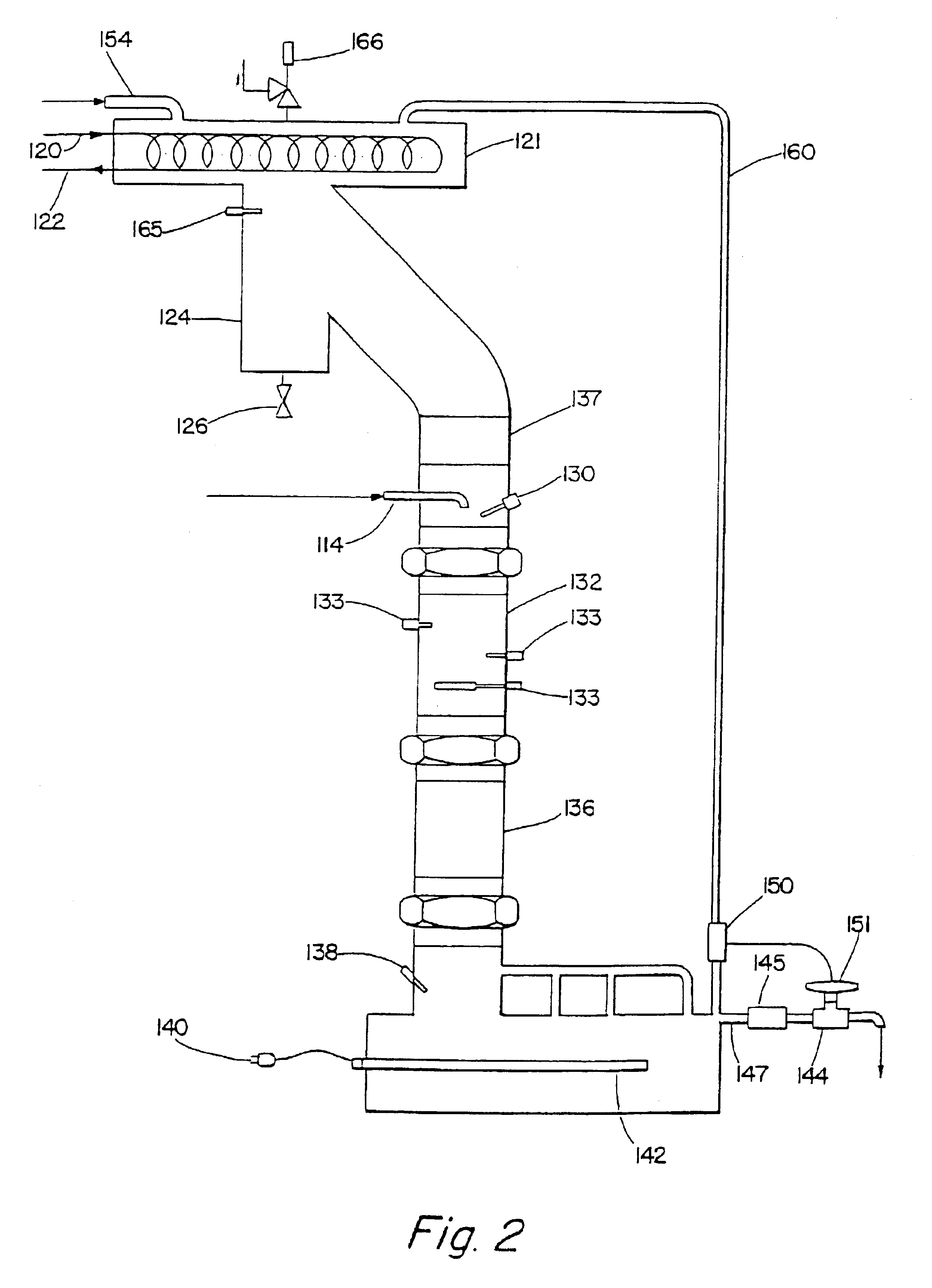Structured liquids made using LAB sulfonates of varied 2-isomer content
a technology of lab sulfonates and lab sulfonates, which is applied in the direction of hydrocarbon preparation catalysts, physical/chemical process catalysts, separation processes, etc., can solve the problems of low selectivity to 2-phenyl isomers in such reactions as known in the prior art, cannot be used in liquid detergents which contain water, and cannot be used on substrates free from dyestuffs. , to achieve the effect of high selectivity to 2-phenyl is
- Summary
- Abstract
- Description
- Claims
- Application Information
AI Technical Summary
Benefits of technology
Problems solved by technology
Method used
Image
Examples
example a
This example illustrates the preparation of a hydrogen fluoride-modified mordenite.
To 30 g of acidified mordenite (LZM-8, SiO2 / Al2O3 ratio 17; Na2O wt % 0.02, surface area 517 m2 / g, powder, from Union Carbide Corp.) was added 600 ml of 0.4% hydrofluoric acid solution, at room temperature. After 5 hours the solid zeolite was removed by filtration, washed with distilled water, dried at 120° C. overnight, and calcined at 538° C.
example b
The example illustrates the preparation of a hydrogen fluoride-modified mordenite.
To 500 g of acidified, dealuminized, mordenite (CBV-20A from PQ Corp.; SiO2 / Al2O3 molar ratio 20; Na2O, 0.02 wt %; surface area 550 m2 / g, {fraction (1 / 16)}″ diameter extrudates, that had been calcined at 538° C., overnight) was added a solution of 33 ml of 48% HF solution in 1633 ml of distilled water, the mix was cooled in ice, stirred on a rotary evaporator overnight, then filtered to recover the extruded solids. The extrudates were further washed with distilled water, dried in vacuo at 100° C., and then calcined at 538° C., overnight.
Analyses of the treated mordenite showed:
F: 1.2%;Acidity: 0.49 meq / g
example 1
This example illustrates the preparation of linear alkylbenzenes using a hydrogen fluoride-modified mordenite catalyst.
To a 500 ml flask, fitted with condenser and Dean Stark Trap was added 100 ml of benzene (reagent grade) plus 10 g of hydrogen fluoride-modified mordenite zeolite, prepared by the method of Example A. The mix was refluxed for 15-20 minutes to remove small amounts of moisture, then a combination of benzene (50 ml) plus 1-dodecene (10 g) was injected into the flask and the solution allowed to reflux for 3 hours.
Upon cooling, the modified mordenite catalyst was removed by filtration, the filtrate liquid flashed to remove unreacted benzene, and the bottoms liquid analyzed by gas chromatography.
Typical analytical data are summarized in Table 1.
TABLE 1DODECENELAB ISOMER DISTRIBUTION (%)HEAVIESLINEAR LAB (LLAB)CONV. (%)2-Ph3-Ph4-Ph5-Ph6-Ph(%)(%)99.779.916.60.81.31.30.295.9
PUM
| Property | Measurement | Unit |
|---|---|---|
| Temperature | aaaaa | aaaaa |
| Length | aaaaa | aaaaa |
| Fraction | aaaaa | aaaaa |
Abstract
Description
Claims
Application Information
 Login to View More
Login to View More - R&D
- Intellectual Property
- Life Sciences
- Materials
- Tech Scout
- Unparalleled Data Quality
- Higher Quality Content
- 60% Fewer Hallucinations
Browse by: Latest US Patents, China's latest patents, Technical Efficacy Thesaurus, Application Domain, Technology Topic, Popular Technical Reports.
© 2025 PatSnap. All rights reserved.Legal|Privacy policy|Modern Slavery Act Transparency Statement|Sitemap|About US| Contact US: help@patsnap.com



